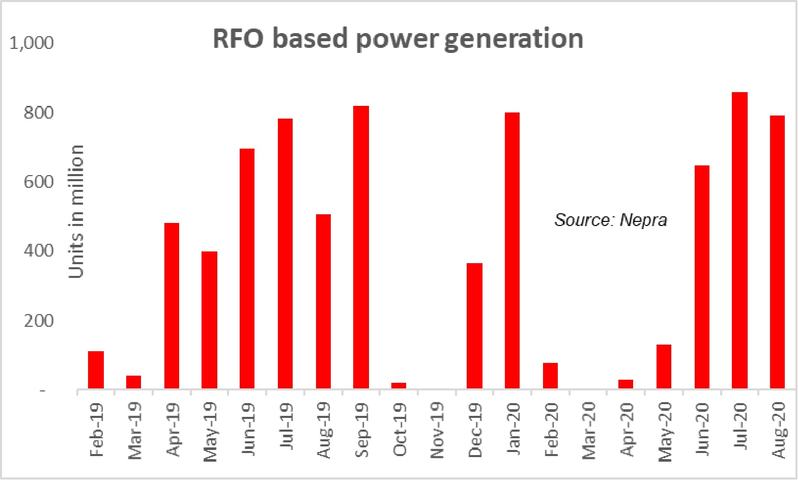Violation of merit in Pakistan hardly makes news. Not even in Naya Pakistan. The complex web that is power pricing has a component called “merit order” which is one of the simpler things to understand. Yet, it is hardly ever followed in letter and spirit. That said, it does not go unnoticed in the eyes of the vigilant regulator i.e. Nepra. But it indeed does go largely unpunished.
For the third fuel charges adjustment decisions running, spanning over ten months dating back to November 2019, Nepra has not been offered a satisfactory, or even an unsatisfactory answer to what was asked of the two key power agencies involved in power purchase, NPCC and CPPA.
Back in November 2019, Nepra had raised concerns over the violation of merit order, and had asked CPPA and NPCC to submit detailed responses justifying the use of RFO and Diesel over cheaper available fuel sources, along with the financial implications of the actions. Rest assured, the responses never quite arrived, and the November adjustment excluded the relevant costs from the final decision.

Then came the price freeze, which meant no FCA activity happened between November-June. The latest FCA decision pertaining to July 2020, has the exact same wordings copied in lieu of the non-compliance by CPPA and NPCC, which can be raced in the combined Nov-Jun adjustments and the one made for September 2019.
It reads something on the line of how more efficient power plants were not utilized fully and instead energy from costlier RFO and HSD was generated, in an obvious violation of the NTDC’s merit order (which is issued at least twice every month). On both last occasions for FCAs pertaining to July 2020 and Nov 2019-Jun 2019, the NPCC and CPPA were duly reminded that they have failed to provide complete justification and were directed to the same.
The justification never arrived. But the adjustment was allowed on a provisional basis. You may give the benefit of doubt for the first time, but when it happens in quick succession, without the previous condition being met and data being provided, you have to question the sanity of “provisional basis”. No wonder, one provincial member refused to buy in the decision, and instead wrote a clear dissent note.

It must be remembered that furnace oil-based generation in July 2020 was the highest in 18 months. The power purchase prices with distribution companies surely have very little allowance for FO based generation. Even with very low oil prices, FO then becomes a massive drag in terms of adjustment with the reference cost. This will not persist beyond September as demand starts to taper off, and all the merits of following the merit order will be forgotten.
The technical explanation to why FO-based plants are run in peak demand is very much out there. And that explanation is no less than a problem statement. The three RLNG power plants (3600 MW) have been connected to 500 KV transmission lines, which require transformation to 220 KV and then to 132 KV. But the transformers do not have the capacity to accommodate maximum generation from the three RLNG plants.
So basically, you have the three RLNG plants fully available to produce power with a cheaper fuel source, but you can’t produce to the maximum, because the supporting infrastructure is not there. If you do that, it will lead to more technical losses and tripping of transmission lines which could be a bigger issue. The RLNG plants remain available, do not produce at the fullest, claim more in capacity charges per unit, the load shifts to inefficient and expensive FO because that is connected to 132 KV.
And then winters arrive.



























Comments
Comments are closed.